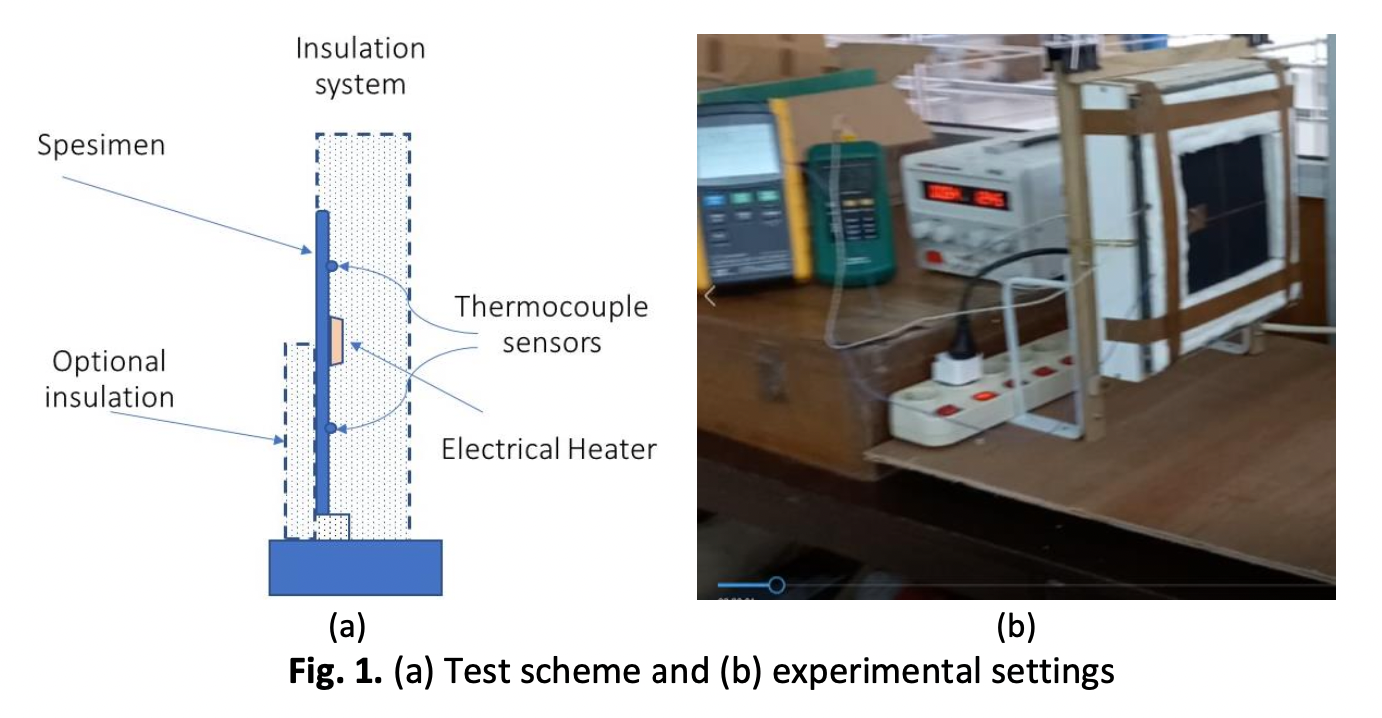Application of the Conjugate Gradient Method for Predicting Unknown Heat Flux in 2D Plat under Effect of Insulation
DOI:
https://doi.org/10.37934/arfmts.110.2.176191Keywords:
Inverse heat conduction, conjugate gradient method, heat flux prediction, condition monitoring, insulationAbstract
When an anomaly is discovered during a thermal inspection of industrial equipment, the diagnosis of finding the heat source is made more difficult by the presence of heat insulation. The use of the Conjugate Gradient Method (CGM) to solve the unknown heat flux in Inverse Heat Conduction Problem (IHCP) under insulation condition has been discussed. This method is used to predict a heat flux by utilizing temperature data at any points of measurement. The study deals with the structure of 2D thin plate at steady state. A copper plate with a thickness of 1 mm is used as specimen. White glass wool is used to thermally insulate the plate on the back surface. An electrical heater is plate mounted and operated by varying the DC voltage. A datalogger with thermocouple sensors records plate temperature changes. Software for solving the IHCP based on the CGM was developed. Initially, the software was implemented using synthetic data obtained from the forward heat conduction equations with a known heat flux. Simulated measurement data are assumed to have high accuracy (± 0.1 ºC). Determination of heat flux with the CGM gives very satisfactory results with a low error below 0.12%. The CGM was then applied using experimental data. With a measurement error of ± 0.5 ºC, the computational stopping criterion can still be met satisfactorily. In real installations, equipment is sometimes partially or completely isolated. In the experiment, this phenomenon is simulated by varying the isolation area as follows: 0%, 25%, 50% and 100%. The results of the flux calculation are correlated with the real flux supplied by the electrical heater. Each type of insulation area has a similar curve. By obtaining the correlation equation, the equivalent heat flux from calculation to real and vice versa can be carried out.
Downloads
































